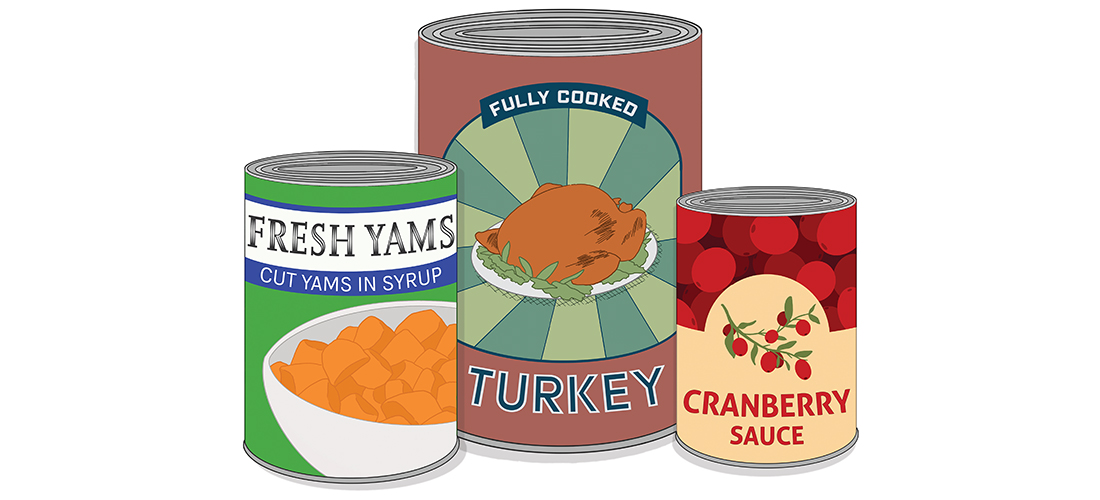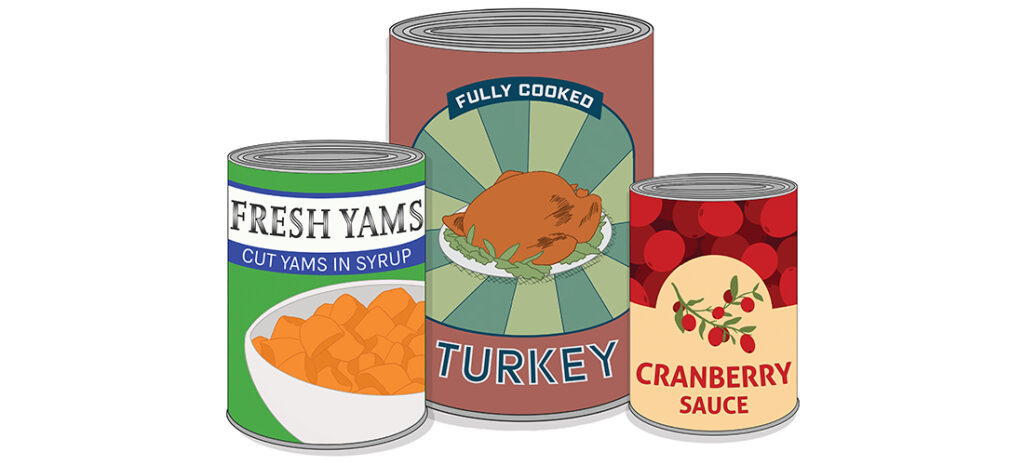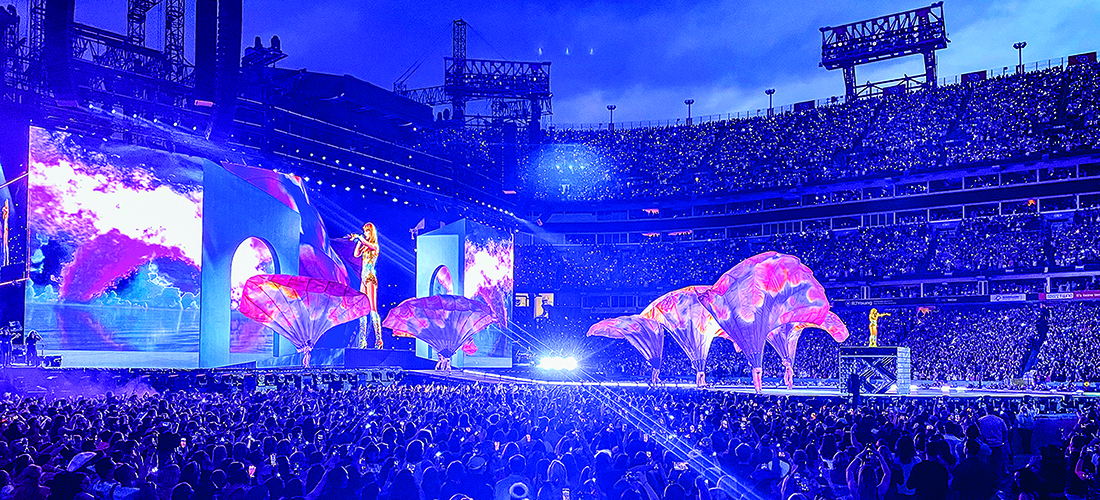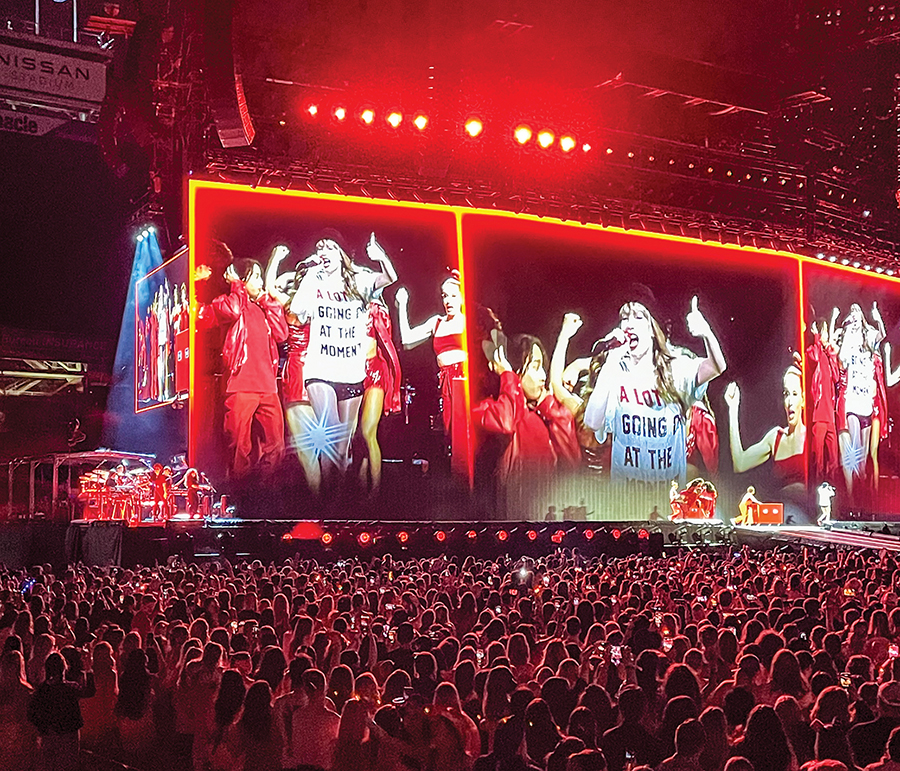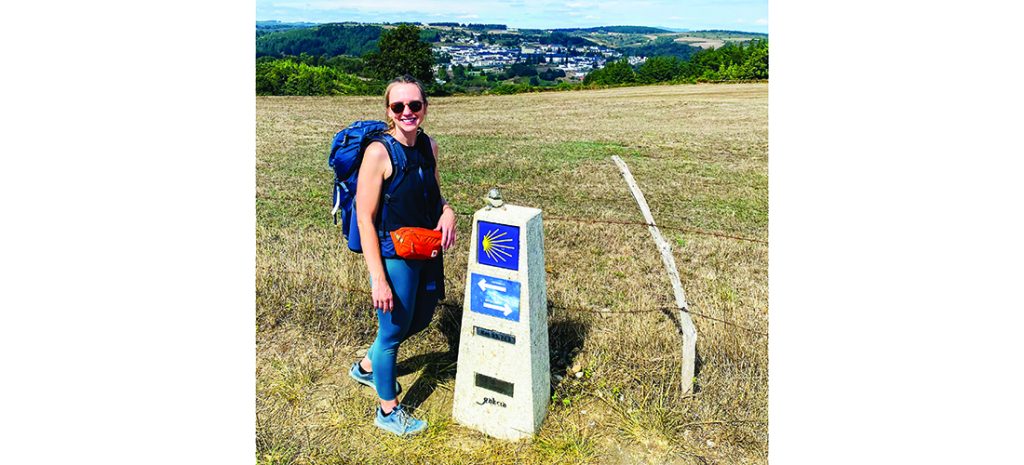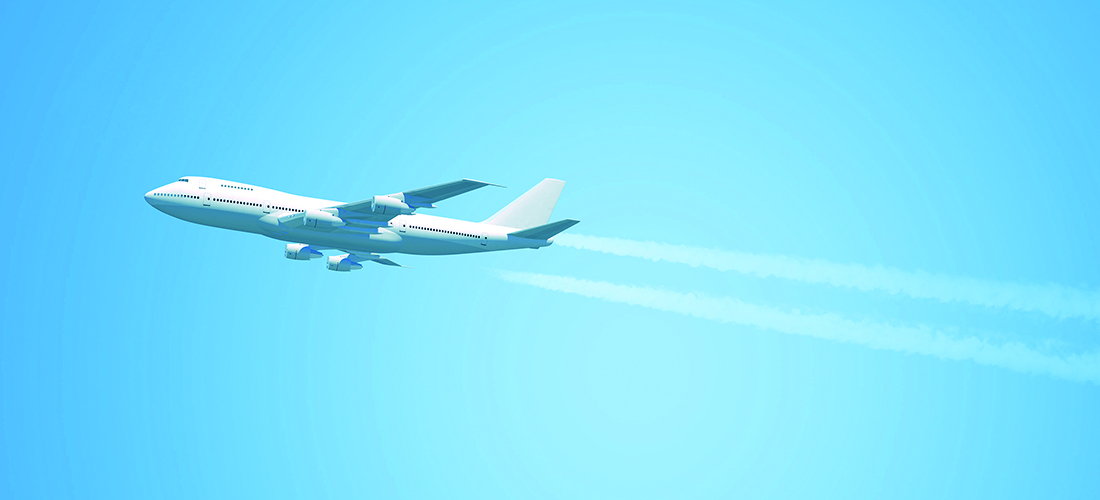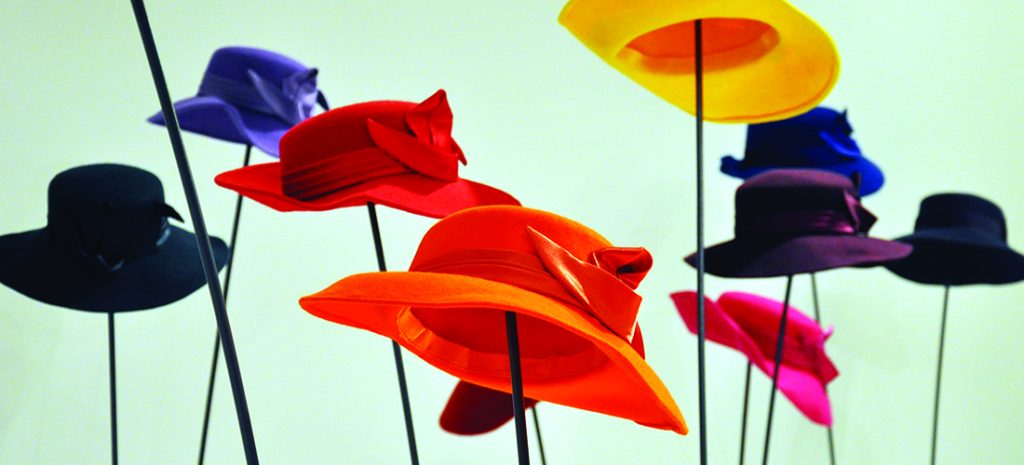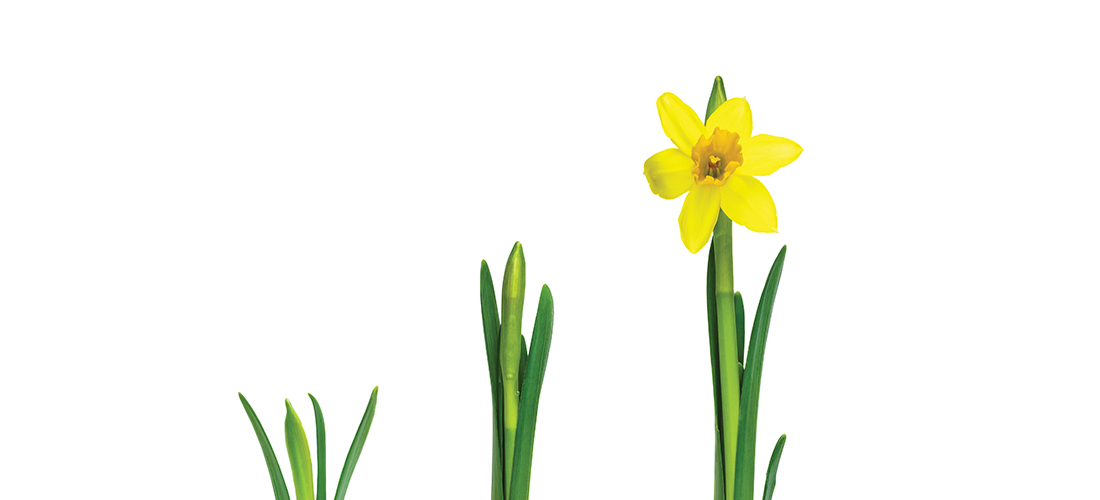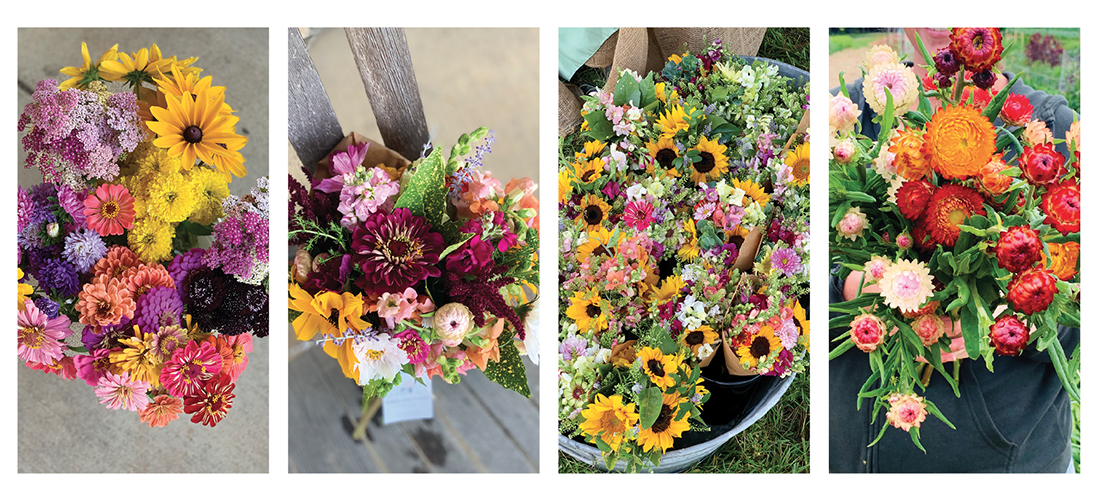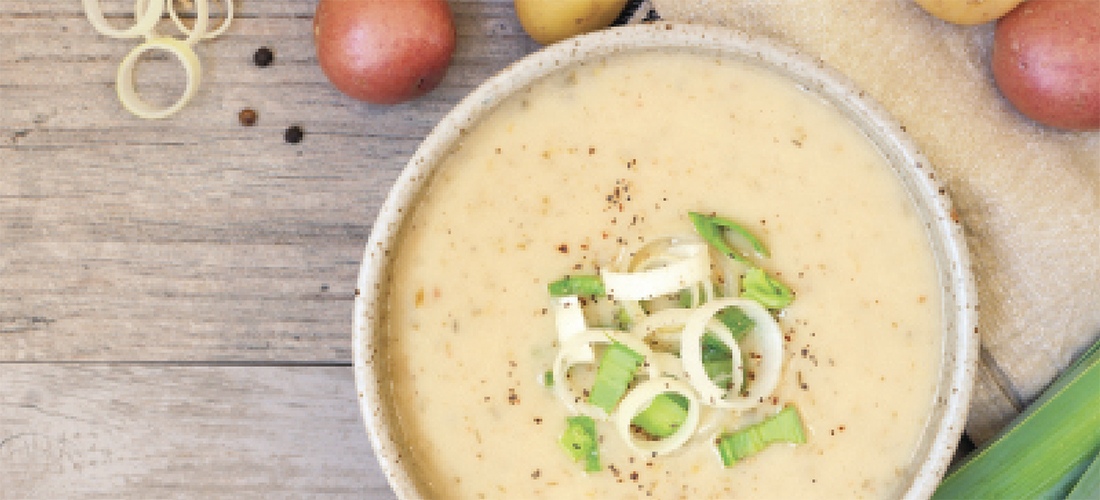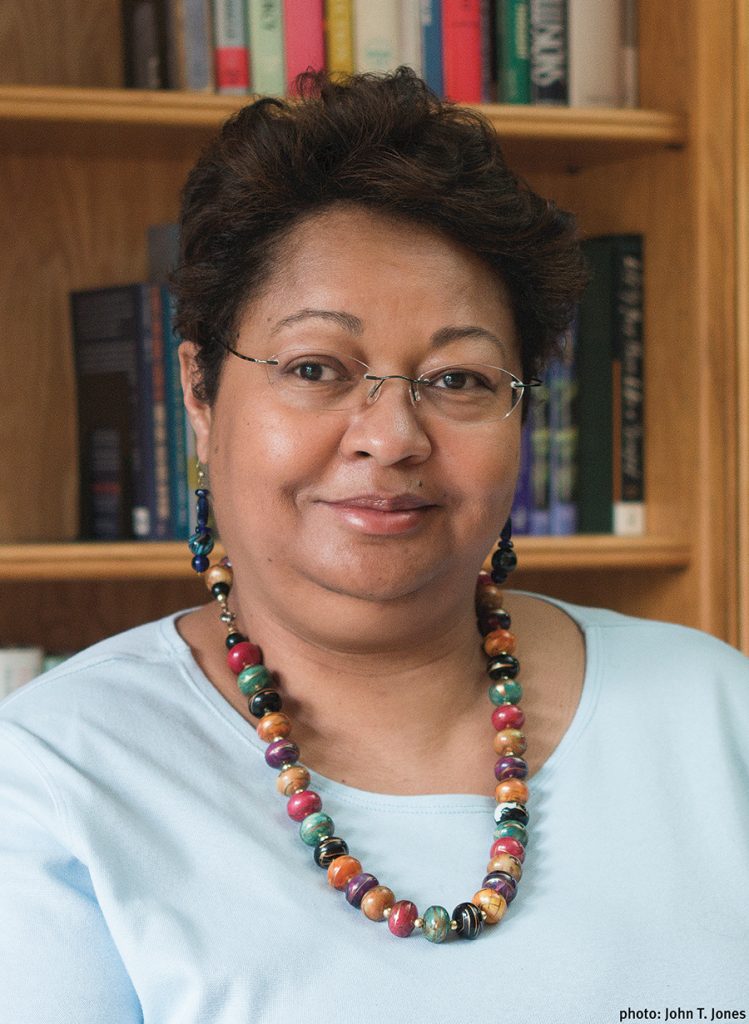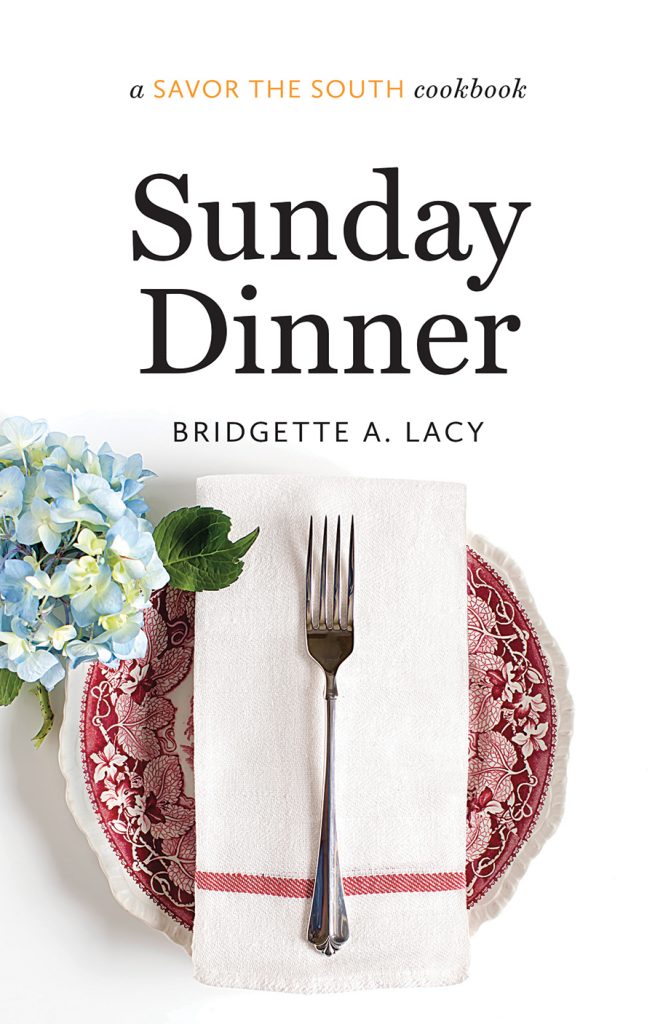Pleasures of Life Dept.
Pleasures of Life Dept.

Blast from the Past
Or why chemistry sets are no longer fun
By David Claude Bailey
In October of 1957, my parents and their 11-year-old son — that would be me — walked out into our backyard to watch Sputnik-1 arch across the sky. And so began the Reidsville Rocket Boys Space Race.
Admittedly, years earlier, all my friends and I had acquired chemistry sets manufactured by A.C. Gilbert, the man who invented the Erector Set. That was way before they removed all the fun stuff from the sets — saltpeter, sulfur, sodium ferrocyanide! and, I’m not kidding you, uranium dust. My friend, Jack, and I had been experimenting with gunpowder (a simple mixture of saltpeter, sulfur and charcoal) for months, as in lighting a trail of it to streak across the ground like in Western movies, perfect for scaring cats, dogs and sisters.
That was also back in the good ol’ days when boys could buy almost any chemical from their friendly local apothecary as well as dynamite fuses from the hardware store — not to mention dynamite itself if you were only old enough.
The firecrackers and smoke bombs we made with gunpowder were disappointing, but it did not take long for our inquiring minds to begin designing miniature rockets. We’d take one of those cardboard tubes fused on coat hangers to keep pants from having a crease in them, fill it with gunpowder and close one end. Once fins were added, it soared out of sight.
Half of the fun was thinking we were conducting our launches in secret, but surely our parents learned of our purchases from the owners of the hardware store and apothecary. I now suspect they thought they might be raising budding space engineers — or even astronauts. After all, on January 31, 1958, America successfully launched into orbit the cylindrical Explorer 1, 80 inches long compared to Russia’s pitiful “beach ball,” only 23 inches in diameter — which prompted more trips into the backyard.
My mom mailed some of the drawings covering my school notebooks to my uncle Bob, who was studying civil engineering at Georgia Tech. He amped them up into what looked like professional, technical blueprints. After I took them to school, I walked around for a few days convinced I was an aerospace genius.
The space race in Reidsville soon mirrored the Cold War. Jack’s cousin, Fred, spied on his older brother and another cousin to provide us with intel regarding their potentially more advanced technology. Erector Sets were cannibalized to build launch gantries; we discovered that match heads glued to flashbulb filaments could ignite a dynamite fuse from a safe distance.
Meanwhile, just as we were foolishly considering trying brass plumbing pipes in place of the clothes hanger tubes (never mind the danger of exploding shrapnel or the elementary physics principle that what goes up comes down), Jack and I connected with some outside support. Across town, Carl, whose parents were at least a generation younger and cooler than ours, had helped him assemble an extensive chemistry lab in the furnace closet of his family’s stylishly modern, flat-roofed house. The shelves were lined with bottles of chemicals imprinted with scientific-looking typefaces. Beakers, flasks and test tubes covered a counter on which sat an actual Bunsen burner. Carl demonstrated how, when you mixed zinc dust and sulfur, the result was a propellant several times more powerful than gunpowder.
And so, on a Saturday morning, four of us were closeted in his laboratory-furnace room, where he promised to show us his methodology. We started out with a bottle of zinc dust into which we mixed increasing amounts of sulfur. When the mixture was perfect, a sample of it, when introduced to the flame of the Bunsen burner, would burn with an intense and blinding white flash. Some advice: Do NOT use the eraser end of a pencil, which a member of our elite test unit (who will go unnamed) happened to have in his pocket, because erasers are flammable, as was the zinc-dust-and-sulfur. The ensuing explosion blew both double doors of the furnace room wide open and turned the glassware of Carl’s chemistry set into little bits of silica that we combed out of our hair for days afterwards. Why we all were not blinded, I’ll never know.
Somehow our enthusiasm for our rocket projects began to dim after that. Jack, in particular, seemed to lose interest. However, I recently learned that his father had effectively shut down our launch operations by bribing Jack with a used Hamilton “Tank” watch, in the style of the ones worn by WWI tank drivers. Although a history buff, Jack now feels that he sold out cheaply. He remembers that the watch’s style wasn’t 1950s hip. Plus, the dial’s Roman numerals left Jack, neither good at math nor foreign languages, guessing about what time it really was.
So, we did not, in fact, end up becoming astronauts or aerospace engineers, though Carl went on to become a highly popular high school science teacher. Jack, soaring to heights few of us could have imagined, is now one of the nation’s top immigration lawyers. I came closest to going into orbit by becoming an aerospace editor for Cocoa TODAY, covering the Space Shuttle. And although I’d like to say that our friend, the eraser-head igniter, became a Navy Seal demolition expert, in truth he avoided the military altogether and ended up building some of the most innovative houses in Chapel Hill.
Arms races may last forever, but not so for little boys. Secret propellants and proprietary fins “make way for other toys . . . one gray night it happened,” like Puff the Magic Dragon, our launches were no more — replaced by Boy Scouts and basketball. And once we learned what girls were for, our rockets ceased to roar. OH
David Claude Bailey raised daughters and, while he never taught them how to create explosions, did blow their minds with his extensive knowledge of Latin.


